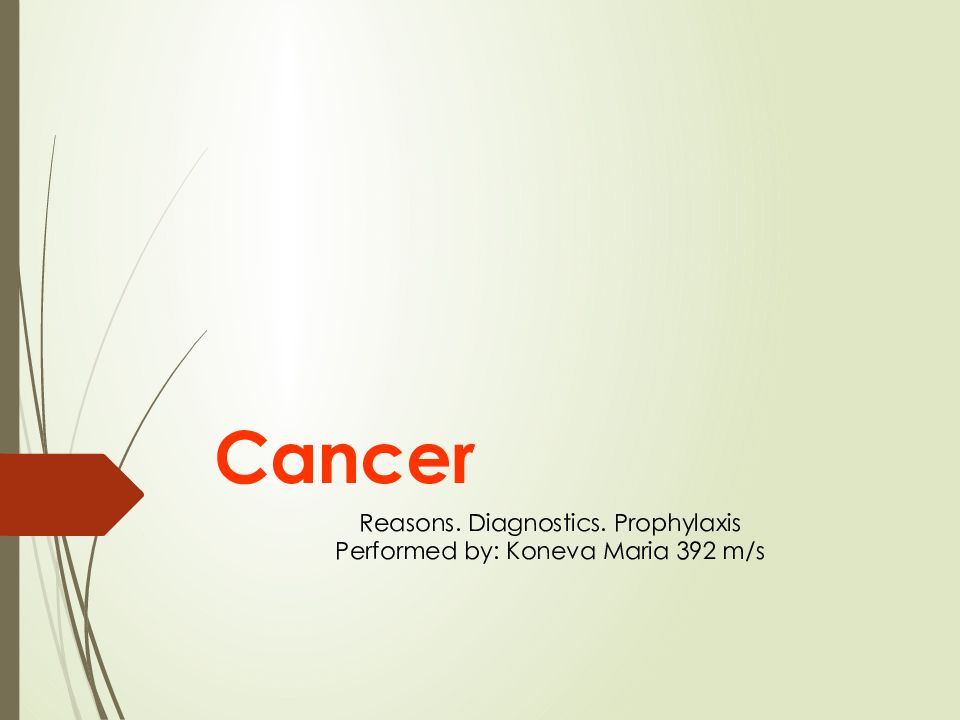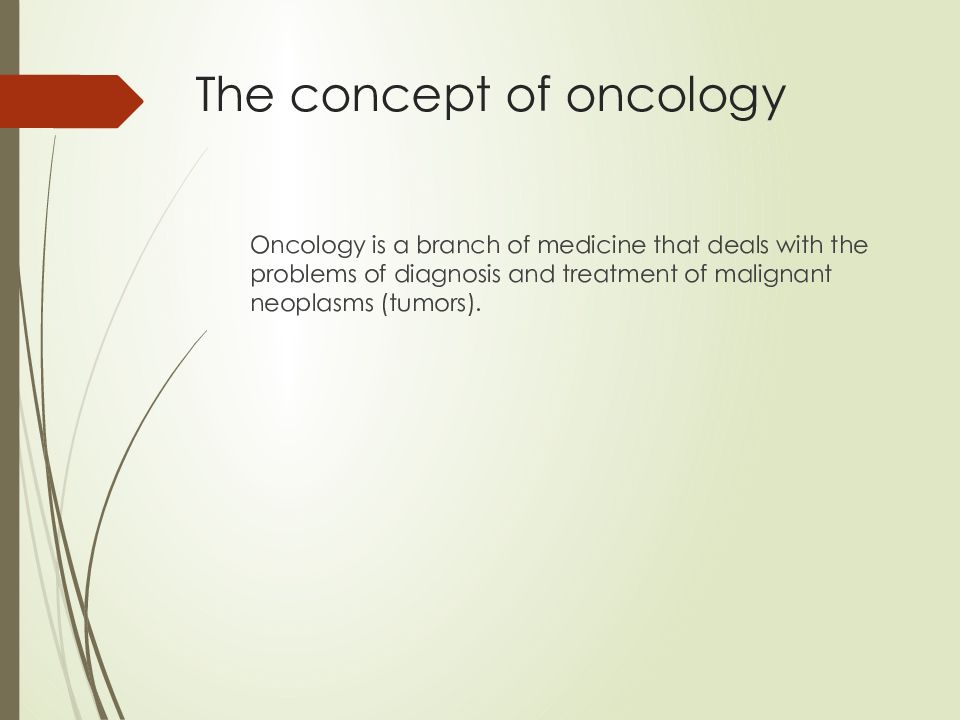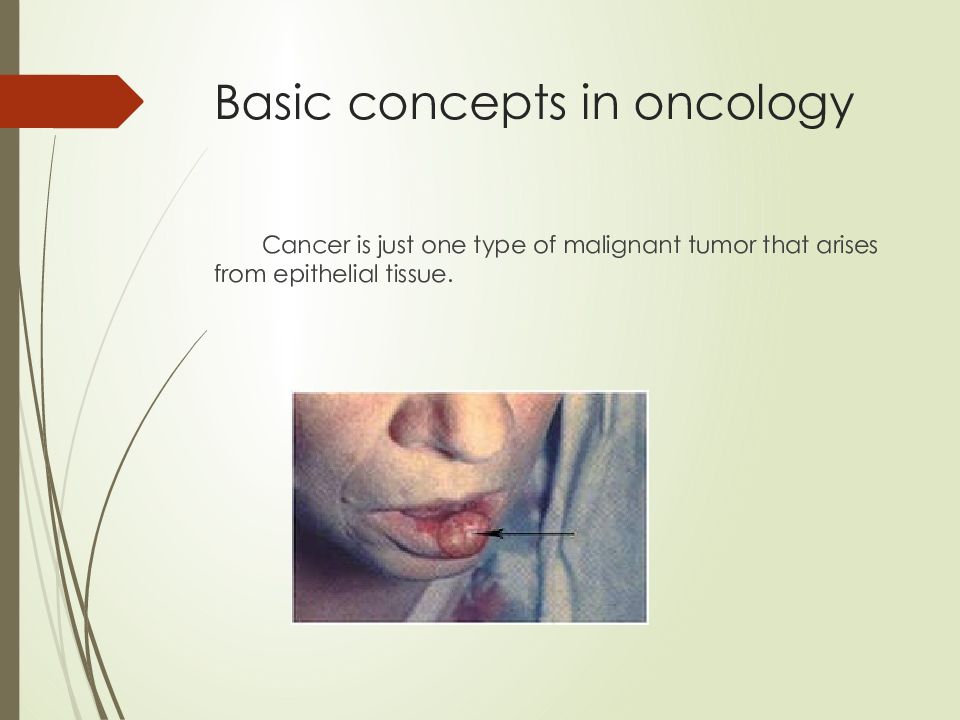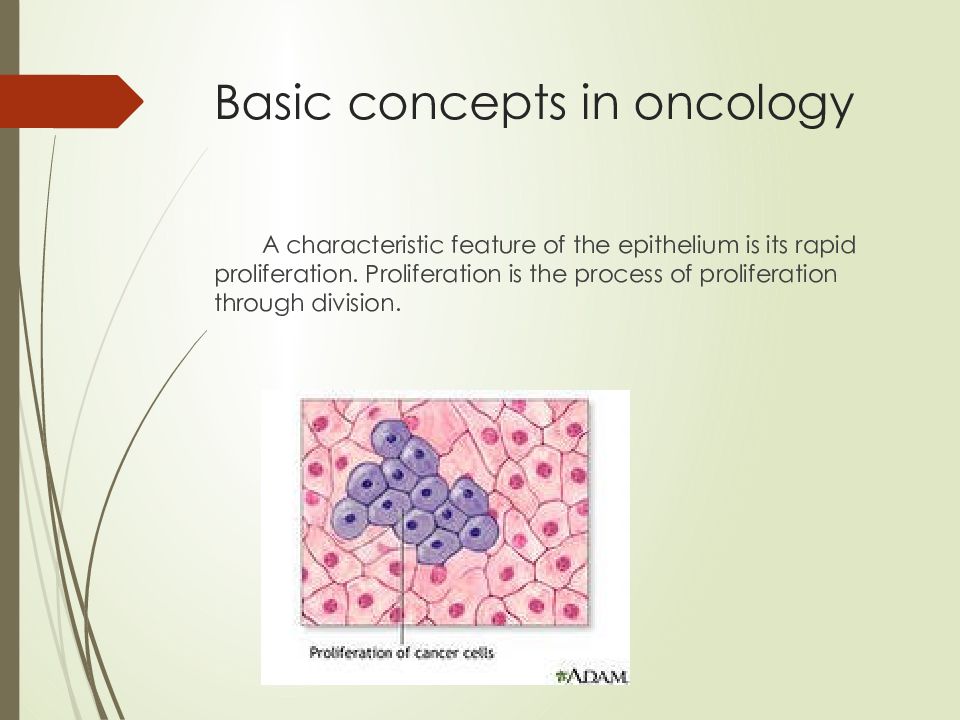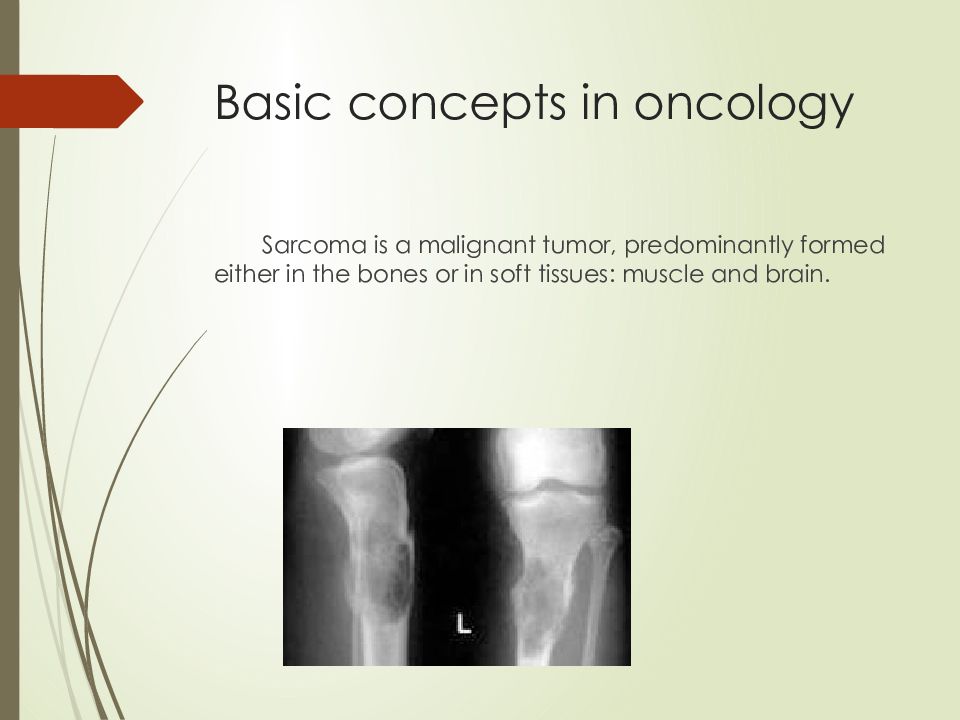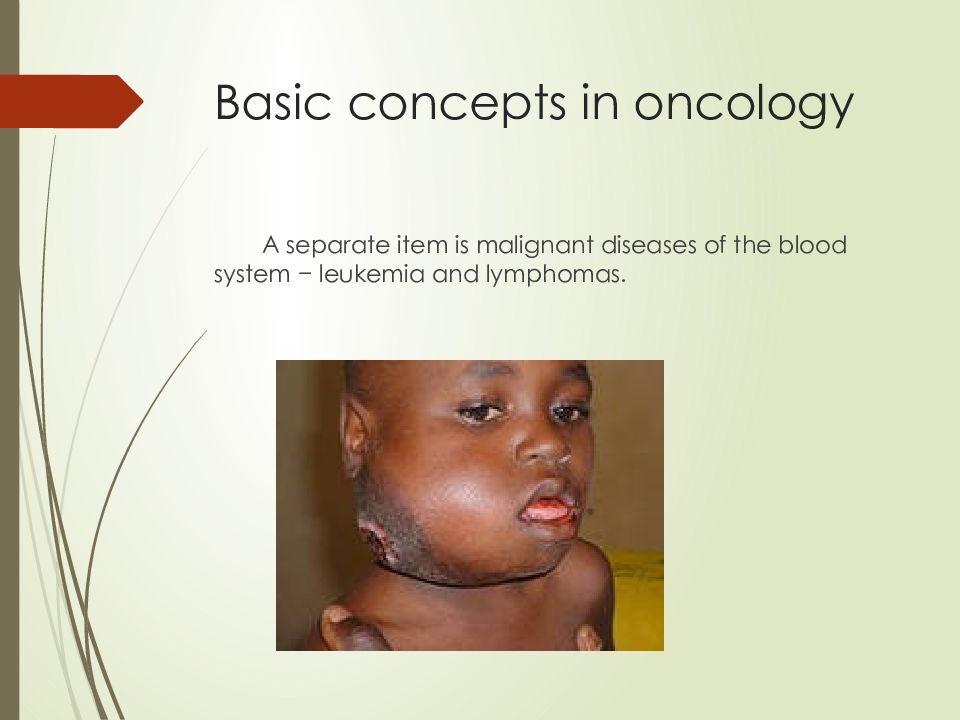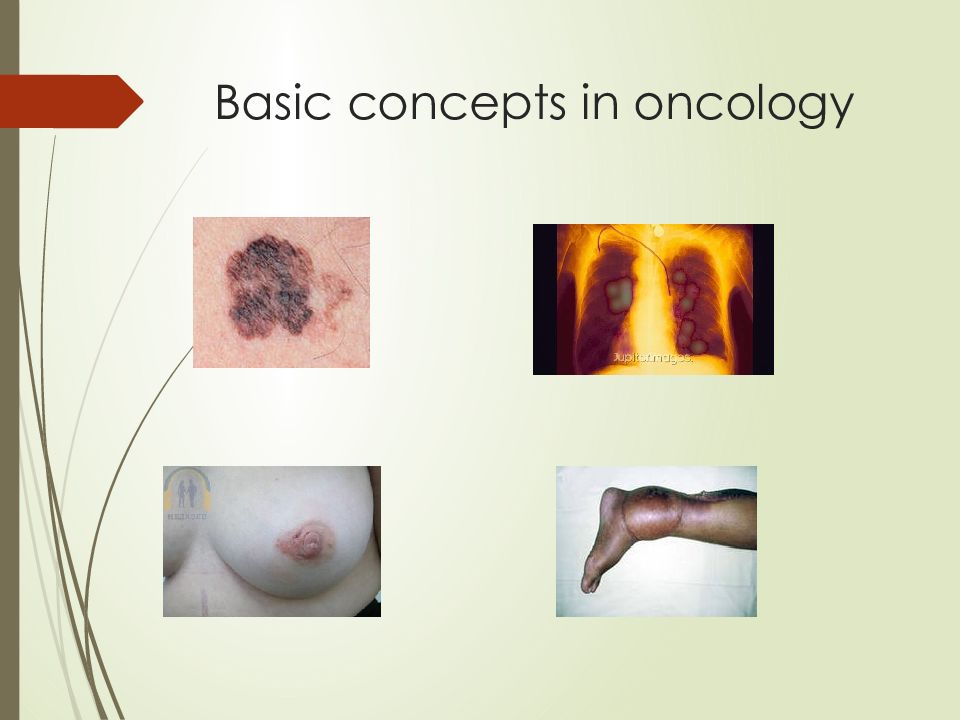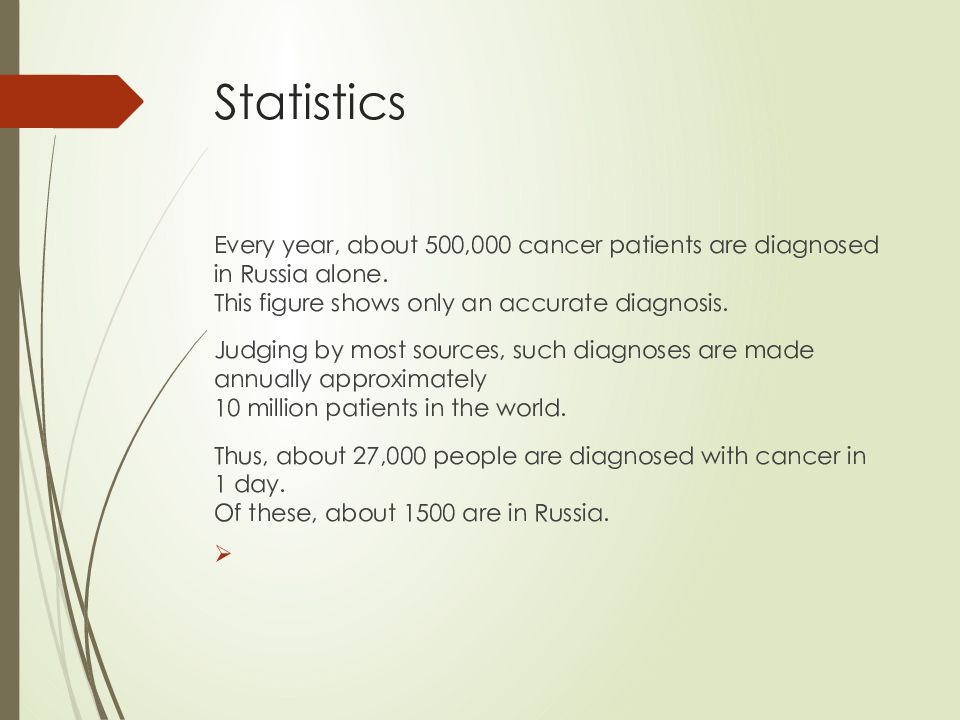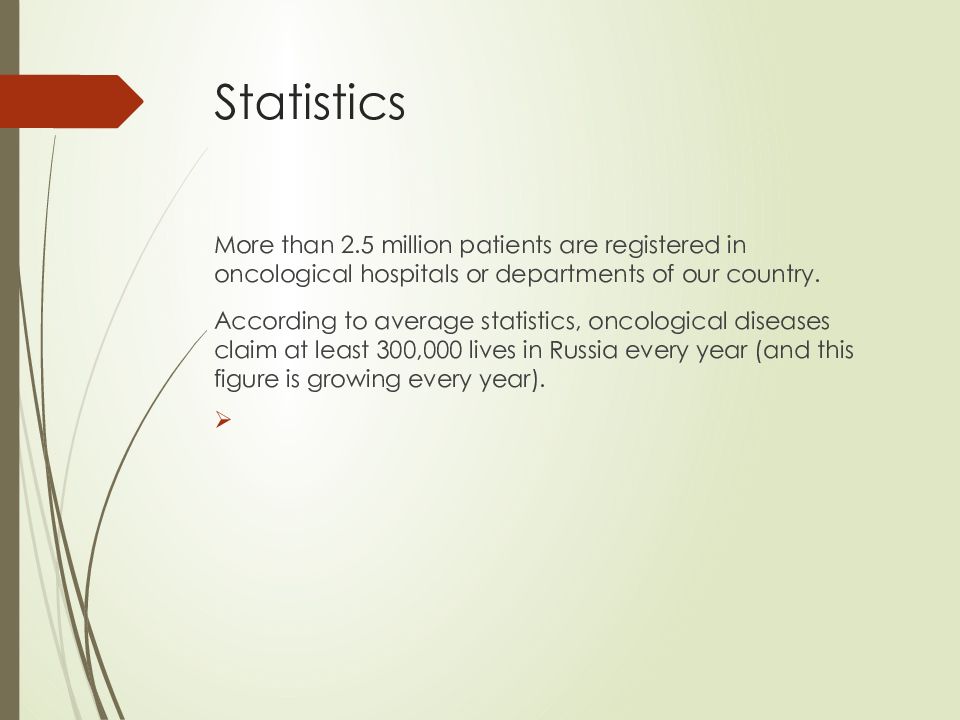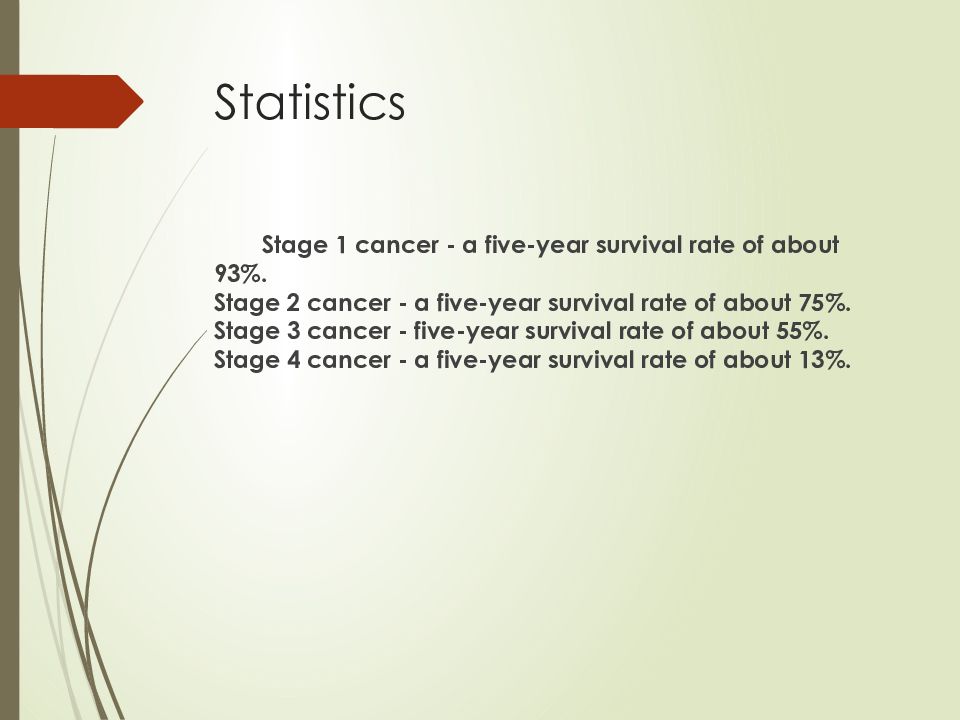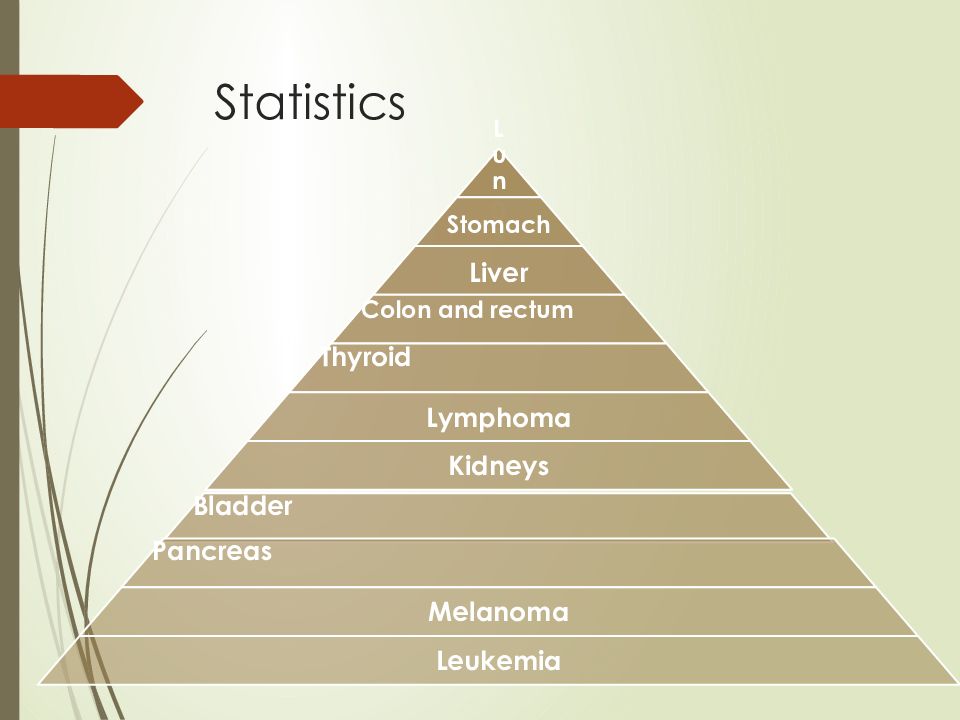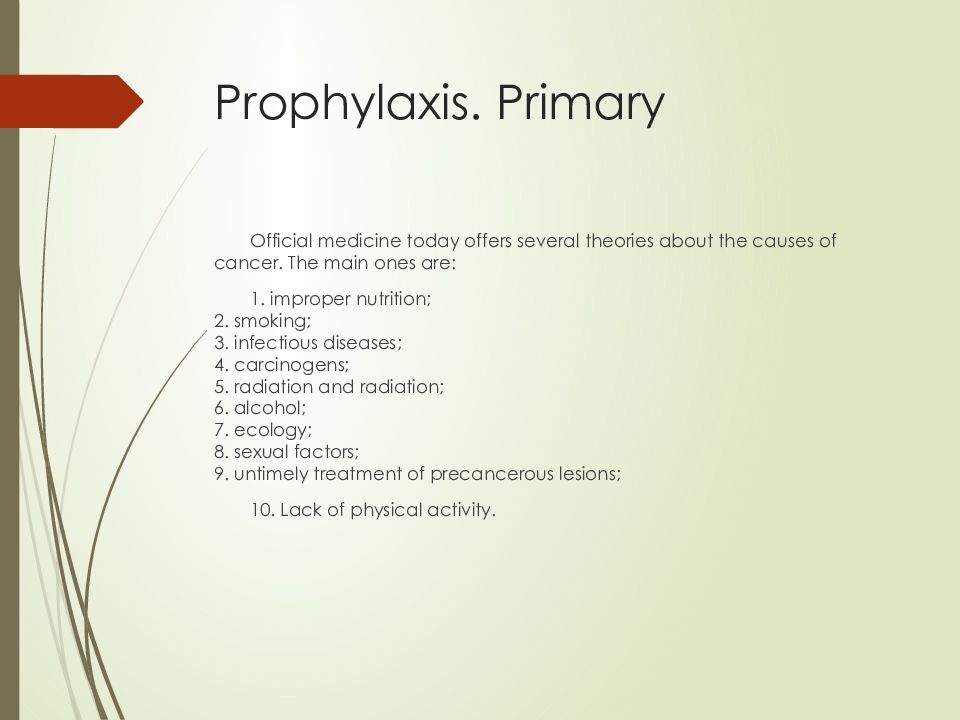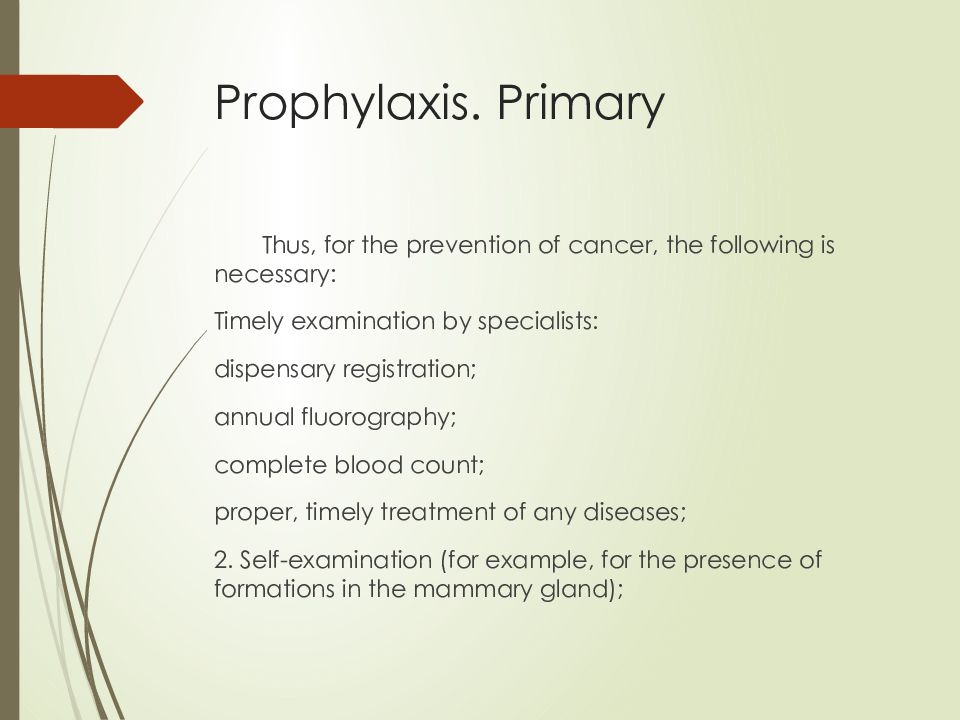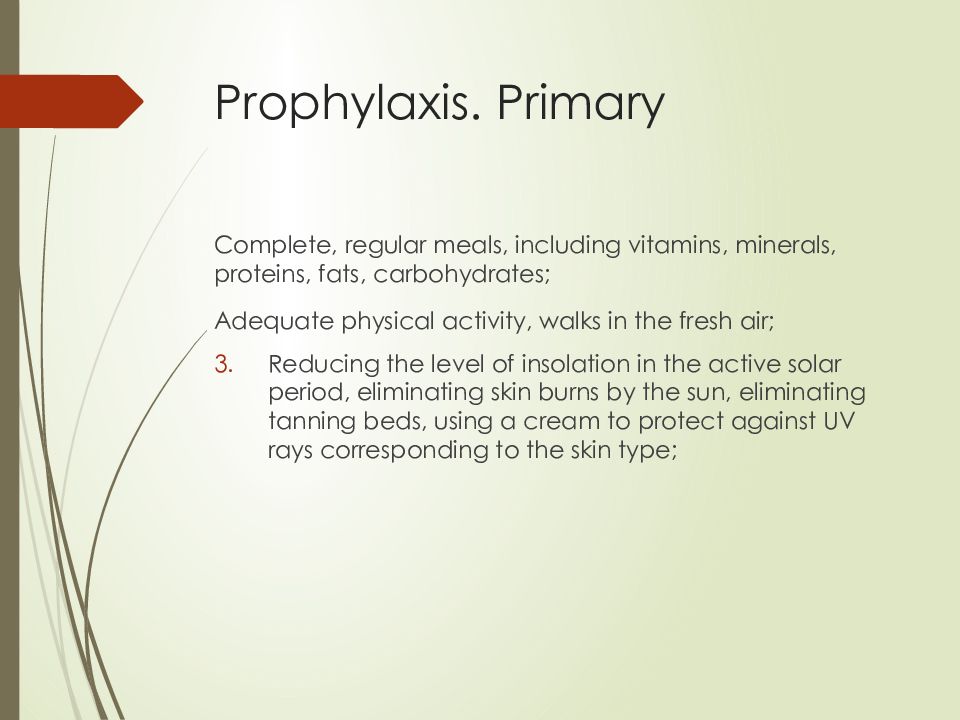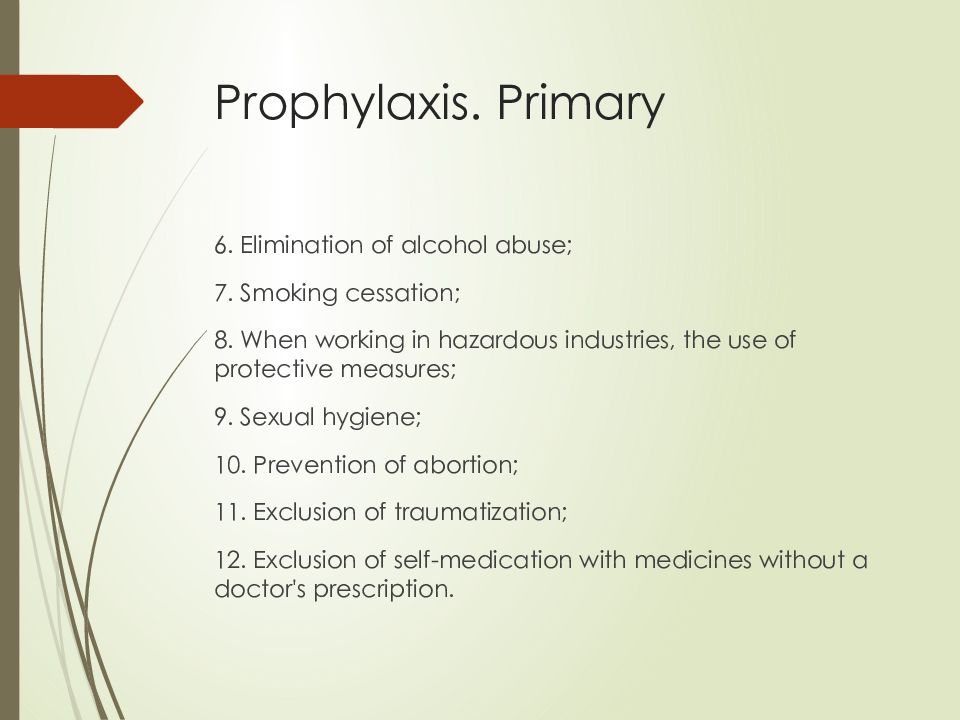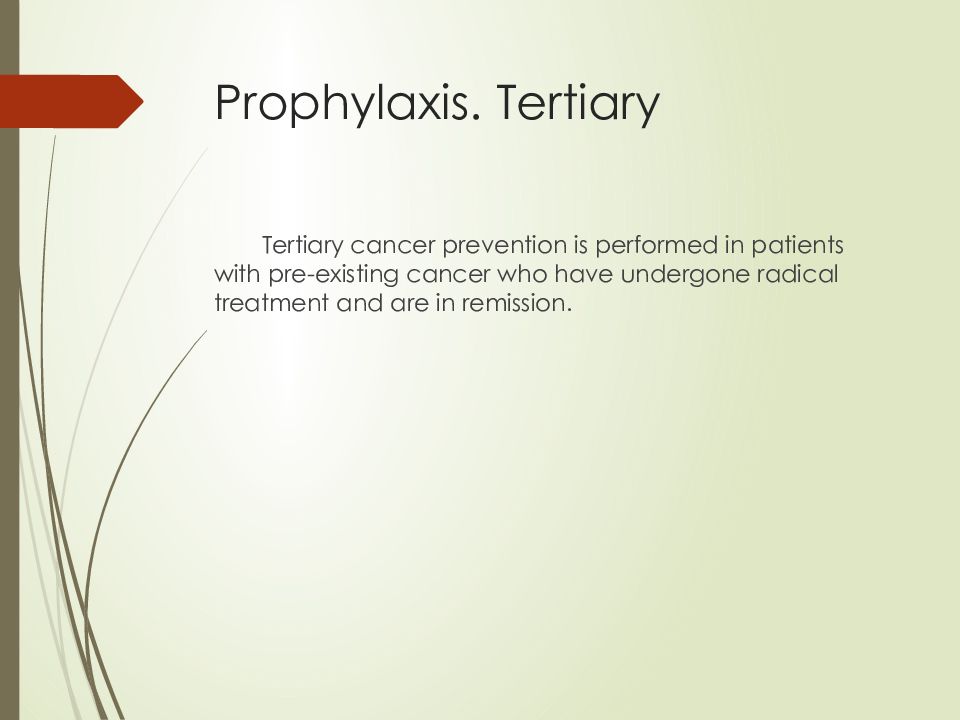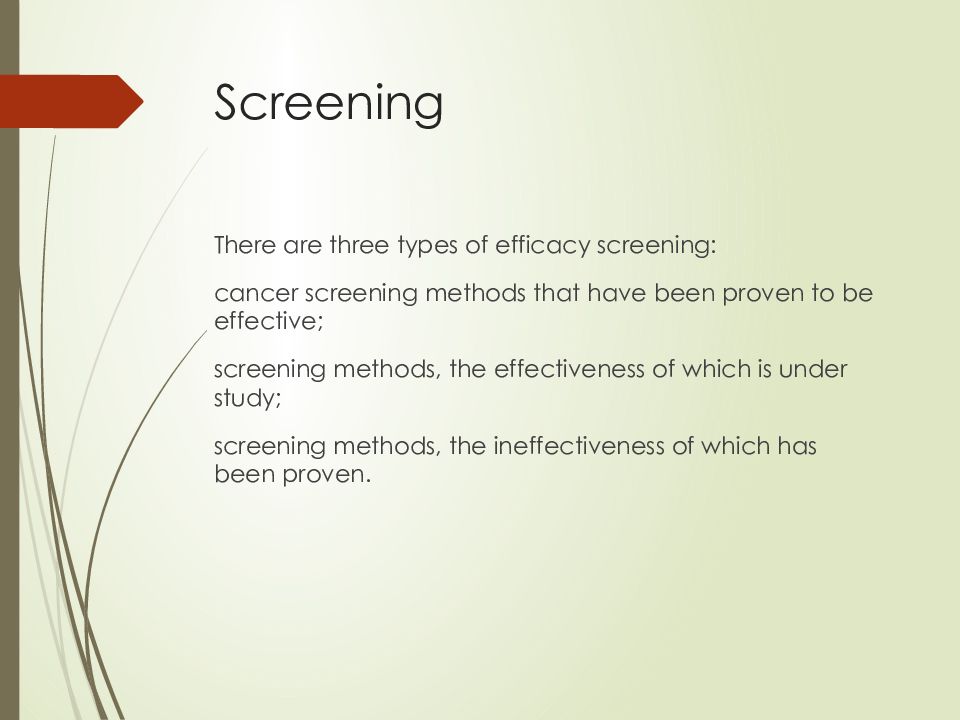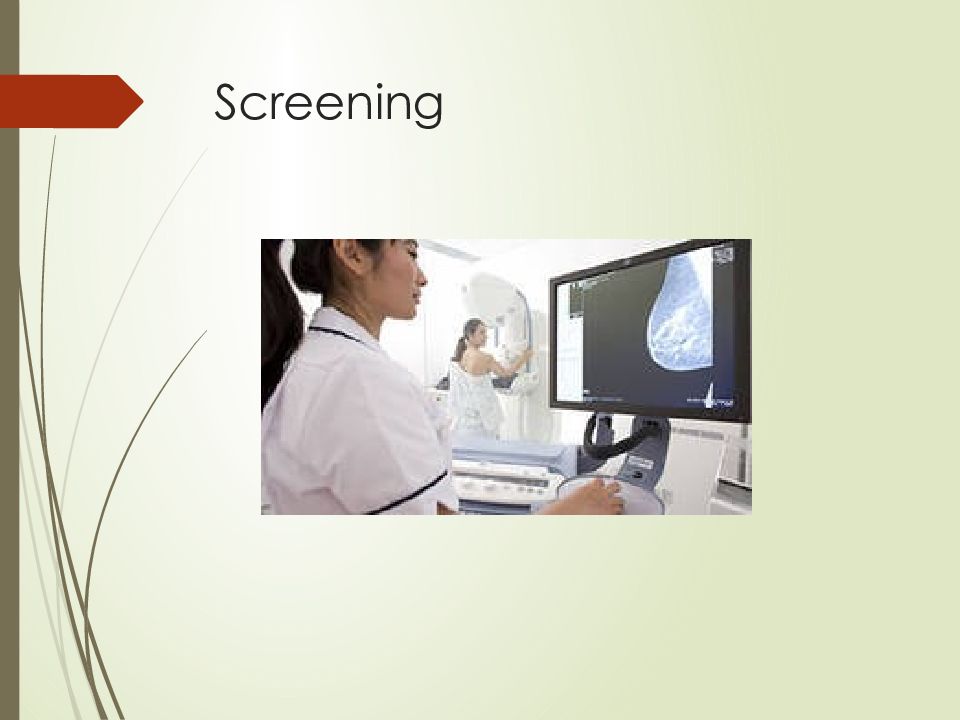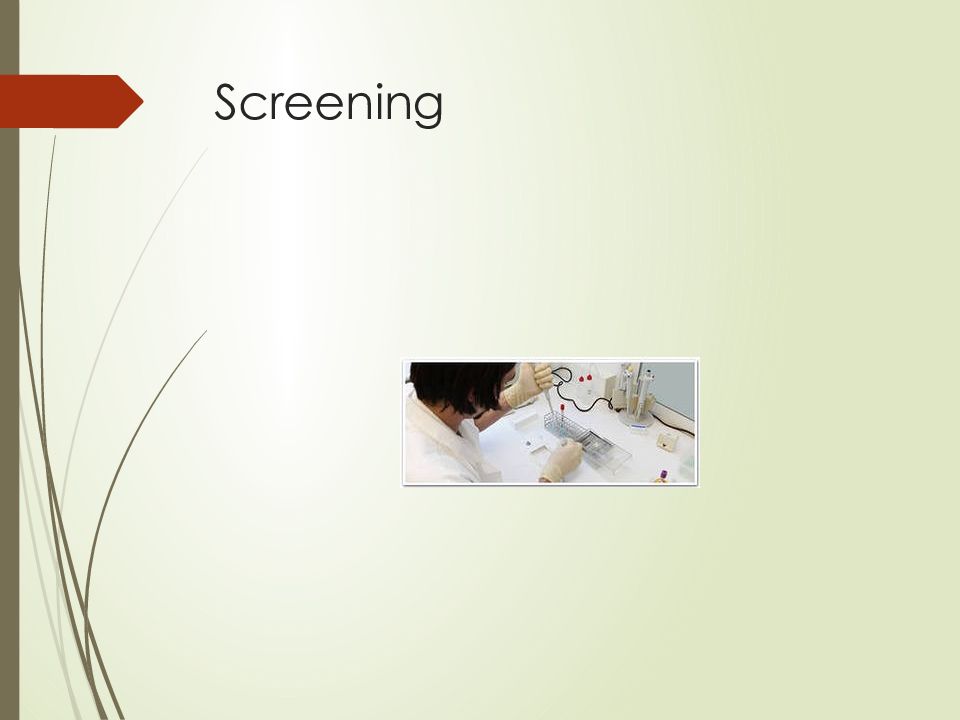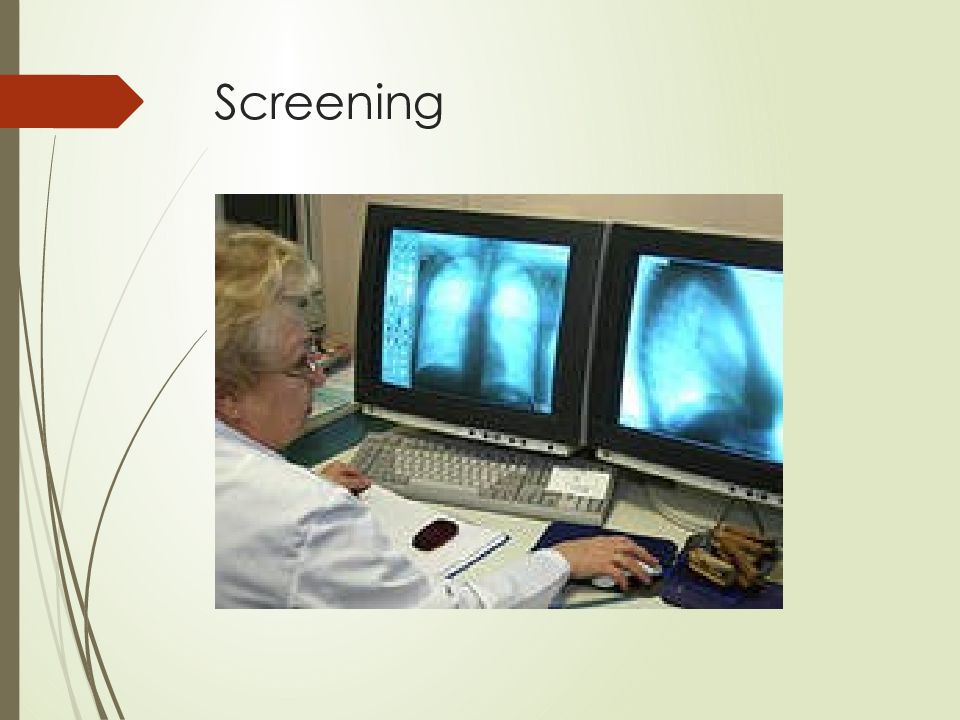Первый слайд презентации: Cancer
Reasons. Diagnostics. Prophylaxis Performed by: Koneva Maria 392 m/s
Слайд 2: The concept of oncology
Oncology is a branch of medicine that deals with the problems of diagnosis and treatment of malignant neoplasms (tumors).
Слайд 3: Basic concepts in oncology
Cancer is just one type of malignant tumor that arises from epithelial tissue.
Слайд 4: Basic concepts in oncology
A characteristic feature of the epithelium is its rapid proliferation. Proliferation is the process of proliferation through division.
Слайд 5: Basic concepts in oncology
Sarcoma is a malignant tumor, predominantly formed either in the bones or in soft tissues: muscle and brain.
Слайд 6: Basic concepts in oncology
A separate item is malignant diseases of the blood system − leukemia and lymphomas.
Слайд 8: Statistics
Every year, about 500,000 cancer patients are diagnosed in Russia alone. This figure shows only an accurate diagnosis. Judging by most sources, such diagnoses are made annually approximately 10 million patients in the world. Thus, about 27,000 people are diagnosed with cancer in 1 day. Of these, about 1500 are in Russia.
Слайд 9: Statistics
More than 2.5 million patients are registered in oncological hospitals or departments of our country. According to average statistics, oncological diseases claim at least 300,000 lives in Russia every year (and this figure is growing every year).
Слайд 10: Statistics
Stage 1 cancer - a five-year survival rate of about 93%. Stage 2 cancer - a five-year survival rate of about 75%. Stage 3 cancer - five-year survival rate of about 55%. Stage 4 cancer - a five-year survival rate of about 13%.
Слайд 12: Prophylaxis. Primary
Official medicine today offers several theories about the causes of cancer. The main ones are: 1. improper nutrition; 2. smoking; 3. infectious diseases; 4. carcinogens; 5. radiation and radiation; 6. alcohol; 7. ecology; 8. sexual factors; 9. untimely treatment of precancerous lesions; 10. Lack of physical activity.
Слайд 13: Prophylaxis. Primary
Thus, for the prevention of cancer, the following is necessary: Timely examination by specialists: dispensary registration; annual fluorography; complete blood count; proper, timely treatment of any diseases; 2. Self-examination (for example, for the presence of formations in the mammary gland);
Слайд 14: Prophylaxis. Primary
Complete, regular meals, including vitamins, minerals, proteins, fats, carbohydrates; Adequate physical activity, walks in the fresh air; Reducing the level of insolation in the active solar period, eliminating skin burns by the sun, eliminating tanning beds, using a cream to protect against UV rays corresponding to the skin type;
Слайд 15: Prophylaxis. Primary
6. Elimination of alcohol abuse; 7. Smoking cessation; 8. When working in hazardous industries, the use of protective measures; 9. Sexual hygiene; 10. Prevention of abortion; 11. Exclusion of traumatization; 12. Exclusion of self-medication with medicines without a doctor's prescription.
Слайд 16: Prophylaxis. Secondary
Secondary prevention refers to the early diagnosis of cancer: screening; detection and treatment of precancerous lesions; detection of tumor markers.
Слайд 17: Prophylaxis. Tertiary
Tertiary cancer prevention is performed in patients with pre-existing cancer who have undergone radical treatment and are in remission.
Слайд 18: Screening
Screening in medicine is a method of active identification of persons with any pathology or risk factors for its development, based on the use of special diagnostic tests, including testing, in the process of mass examination of the population or its individual contingents.
Слайд 19: Screening
There are three types of efficacy screening: cancer screening methods that have been proven to be effective; screening methods, the effectiveness of which is under study; screening methods, the ineffectiveness of which has been proven.
